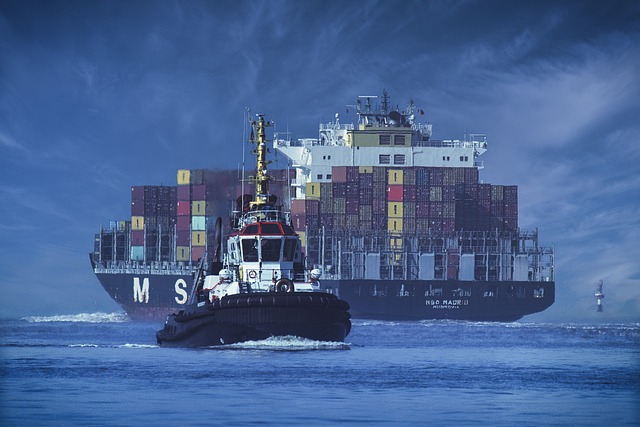Before shipping your car across country, perform a thorough pre-inspection covering exterior, engine, and interior. Look for damage, wear & tear, especially in critical components like tires, brakes, lights, fluids, and electrical systems. Verify fluid levels, tire condition, battery health, and remove personal items. A professional inspection enhances peace of mind and ensures a safer, smoother cross-country car shipping experience, saving time and money.
Preparing your car for cross-country shipping is a crucial step to ensure a smooth journey. This comprehensive guide offers essential tips to navigate the process seamlessly. From assessing your vehicle’s condition, including pre-inspection checks and documenting any existing issues, to packing and securing internal components, every detail matters. Learn how to protect your car’s interior, remove valuable items, and perform final preparations like checking fuel levels, tire pressure, and fluid conditions to make your cross-country car shipping experience stress-free.
- Assessing Your Vehicle for Shipping
- – Pre-inspection checklist
- – Identifying potential issues and repairs
Assessing Your Vehicle for Shipping

When preparing your car for cross-country shipping, the first step is a thorough assessment. Check your vehicle’s condition to ensure it’s safe and suitable for the journey ahead. Look for any signs of damage, both internal and external, as well as wear and tear. Pay close attention to components like tires, brakes, lights, and fluids—all essential for smooth transportation.
Inspecting these areas not only guarantees a safer trip but also minimizes potential delays or repairs needed upon delivery. Remember, a detailed inspection now can save you time and money in the long run during cross-country car shipping.
– Pre-inspection checklist

Before shipping your car cross-country, it’s essential to conduct a thorough pre-inspection to ensure a smooth and secure journey. Create a checklist that covers every critical aspect, from the exterior down to the engine and interior. Check for any visible damage, such as dents or scratches, and document them with detailed photos. Verify that all fluids (brake fluid, engine oil, coolant) are at the appropriate levels, and top up if necessary.
Pay special attention to the tires, ensuring they have sufficient tread depth and proper pressure. Inspect the battery for corrosion and clean it if needed. Check the lights – both interior and exterior – for functionality. Make sure all personal items are removed from the vehicle, as these can shift during transit and cause damage. Finally, consider a professional inspection for added peace of mind, ensuring your car is in optimal condition for cross-country shipping.
– Identifying potential issues and repairs

Before preparing your car for cross-country shipping, it’s crucial to conduct a thorough inspection to identify any potential issues that could arise during transit. This process is as much about prevention as it is about ensuring your vehicle arrives safely at its destination. Look for signs of wear and tear, especially in areas like brakes, tires, suspension, and the engine. Repairs or replacements might be necessary to mitigate risks; for instance, worn-out brakes could lead to safety hazards during transit.
Additionally, check for any fluid leaks, corrosion on metal parts, and ensure all electrical components are functioning optimally. Addressing these issues beforehand can save you from unexpected problems and costly repairs after shipping. Remember, preparing your car meticulously contributes to a smoother cross-country car shipping experience.
When preparing your vehicle for cross-country car shipping, a thorough pre-inspection is key. By using this checklist and addressing any potential issues, you ensure a smoother transportation process. Remember, identifying and rectifying problems before shipping can save time, money, and potential heartache down the road.
